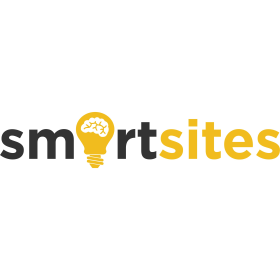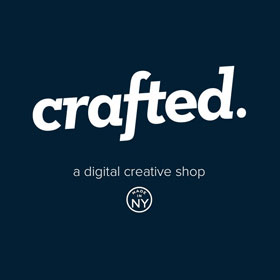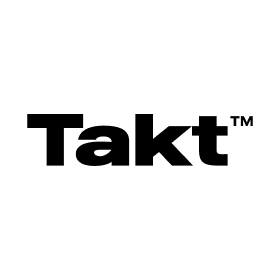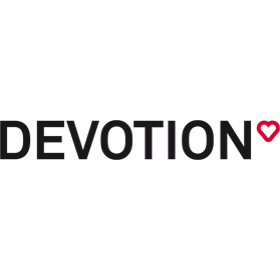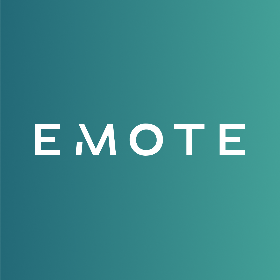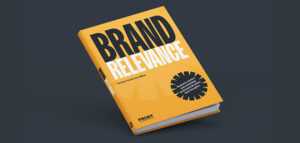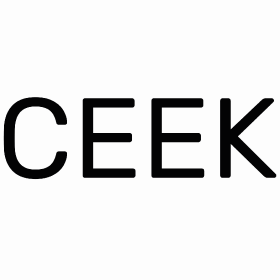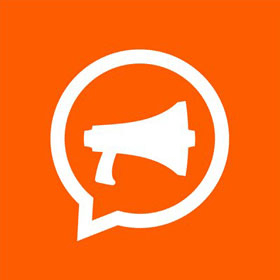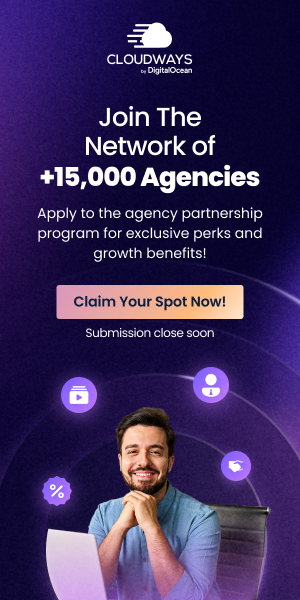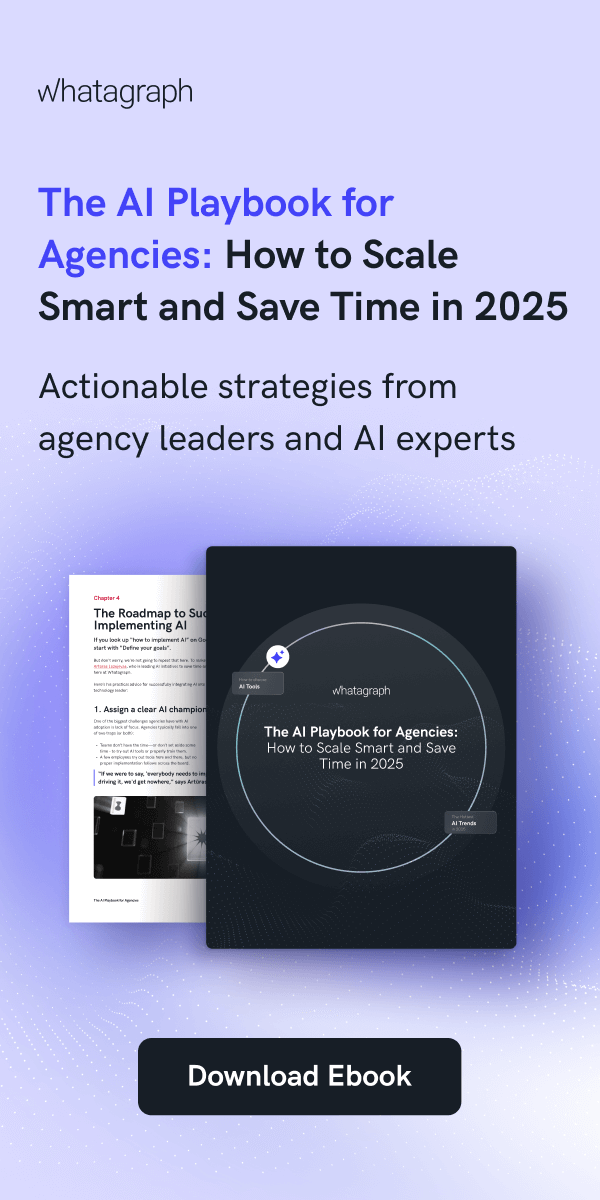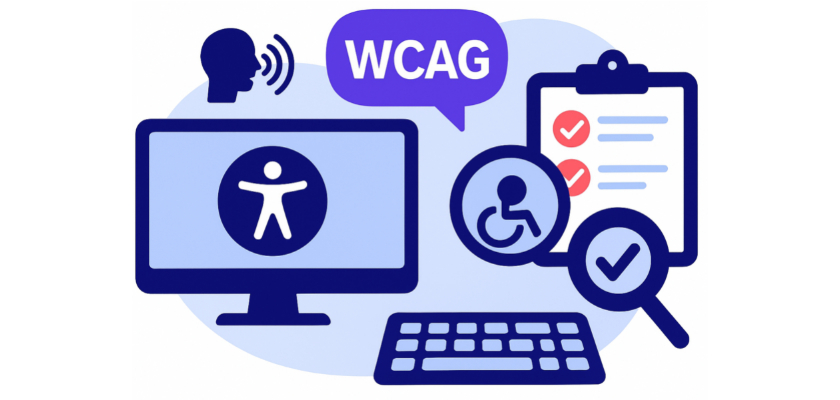
June 28 WCAG Compliance Deadline Passed — Is Your Website Ready? Avoid EAA Legal Risks Now
June 28, 2025, marks a crucial milestone for websites across Europe. On this date, the European Accessibility Act (EEA) comes into force, requiring all websites to fully comply with the Web Content Accessibility Guidelines (WCAG) – a comprehensive set of best practices that help design websites accessible to the widest possible range of users.
What Is Web Accessibility?
Web accessibility means building websites and digital tools that everyone can use, regardless of their physical, sensory, or cognitive abilities. This includes users with visual impairments, hearing loss, limited mobility, or neurodiverse conditions. Accessible websites allow users to navigate with keyboards, screen readers, or other assistive technologies, and ensure that all content is understandable and usable for the widest possible audience. In simple terms, web accessibility is about creating fair and inclusive digital experiences for all.
Legal Risks
Although WCAG 2.2 is the latest version, websites in Europe must currently comply at a minimum with WCAG 2.1 Level AA. Implementing WCAG 2.2, however, provides a better safeguard for the future.
- It’s important to note that these regulations also apply to non-EU companies offering products or services to EU customers.
- Non-compliance can lead to significant legal repercussions, including formal complaints, litigation, and substantial fines—up to €3 million in certain jurisdictions.
- The EAA introduces a formal complaint and monitoring process, enabling consumers to report inaccessible websites.
- Micro-enterprises with fewer than 10 employees and annual turnover under €2 million are exempt from these obligations.
To ensure real-world impact, national authorities are committed to effectively carrying out market surveillance and reporting any instances of non-compliance to the Commission. This creates a robust enforcement framework that protects consumers and encourages improvement in the field of creating accessible environment for all customers.
The European Accessibility Act covers more than just websites; it extends to mobile applications, consumer electronics, ticketing machines, and e-commerce platforms. By setting common rules across the EU, the EAA slashes compliance costs and opens new cross-border markets for compliant digital services and devices, from ATMs to e-commerce platforms.
Benefits of Implementing WCAG
According to WHO data from 2024, over 1.3 billion people worldwide live with disabilities, which accounts for approximately 16% of the global population. This represents a huge and often underestimated user base with significant purchasing power, actively engaging with online services. The European Union estimates that harmonizing accessibility standards could save businesses up to €10 billion annually by reducing barriers and improving efficiency. Making your website accessible to this group is not just a legal obligation — it’s a real opportunity to expand your audience and grow your business.
Following accessibility guidelines is also a proven way to strengthen your SEO performance. Properly structured headings help both users and search engines navigate and understand content, enabling more effective indexing. Accessible websites tend to have better structure, proper heading hierarchies, descriptive alt text for images, and a clear content layout — all elements that Google rewards in search rankings. Plus, when your content is easier to read and better organized, it naturally benefits all visitors—not just those using assistive technologies.
Ensuring Accessibility is a Continuous Process
Accessibility is not just about enabling keyboard navigation or screen reader compatibility. It’s about creating content and interfaces that are understandable, intuitive, and usable for all people. It requires collaboration between UX/UI designers, marketers, and developers. Each group contributes unique expertise — from building a clear content structure, choosing appropriate colors, to ensuring technical compatibility with assistive technologies and mobile devices.
In the “Osom to Know” podcast, Bet Hannon, a digital accessibility expert and CEO of AccessiCart, emphasized that accessibility is never a one-time task. It’s a continuous process that requires regular attention because every change to the website — whether adding new content, updating plugins, or modifying the CMS — can introduce new barriers.
This is why accessibility should be an ongoing part of your website development — not a box to check off and forget.
Accessibility Audits: From Tools to Reports
To maintain ongoing compliance, your website should undergo regular audits using both automated tools like WAVE and manual testing methods such as screen readers and keyboard navigation tests. Consistent training for your content and marketing teams will also keep recurring issues at bay, ensuring a smooth experience with content publishing (and fewer headaches).
If you need support reviewing your website accessibility, it’s worth considering a website audit. It’s a smart way to efficiently adapt for upcoming regulations but also streamline your website’s structure, strengthen your SEO, and make ongoing maintenance easier.
At Osom Studio, we understand the daily challenges of website management and maintenance. We’ve spent over 10 years creating, auditing, and developing great WordPress services for SaaS, manufacturing, and tech companies worldwide. We can help you with spotting and fixing common accessibility barriers—so you can stop worrying about where to start and get back to focusing on your users.

